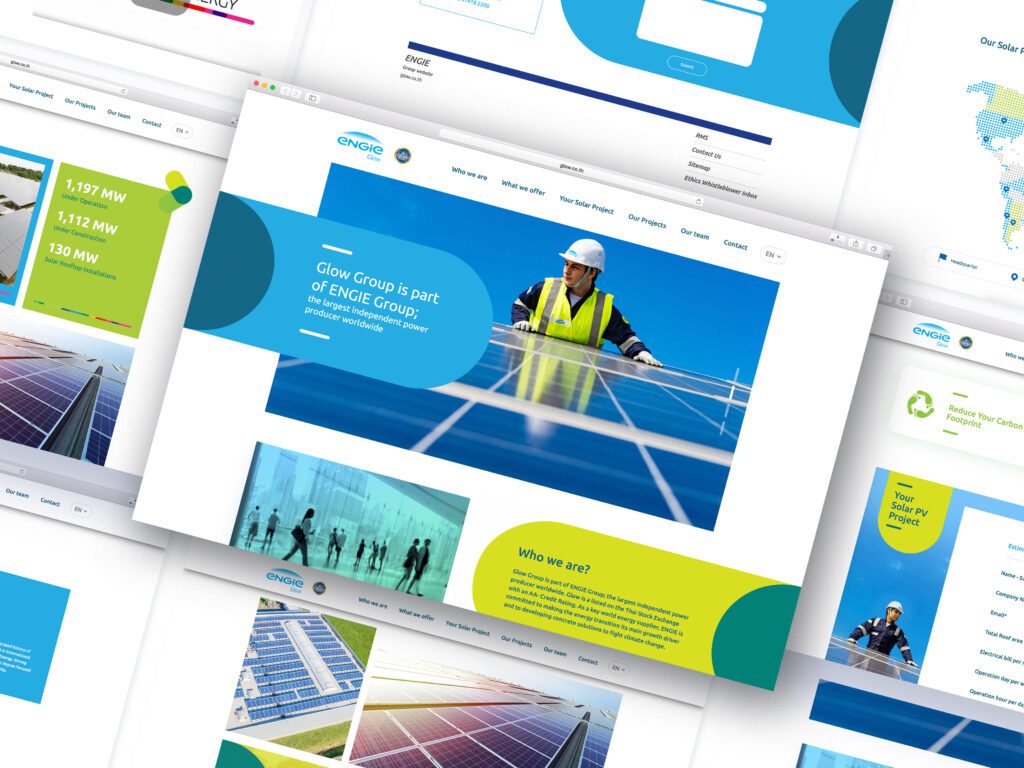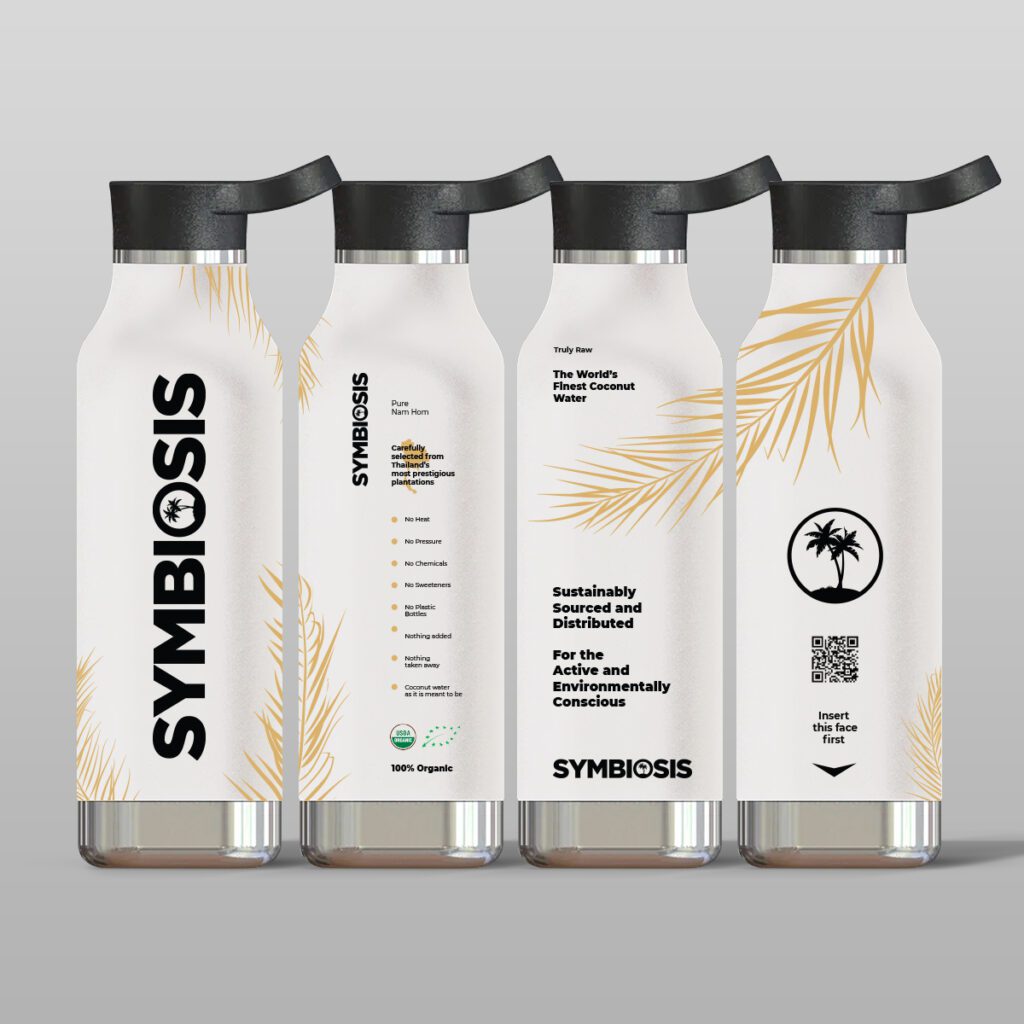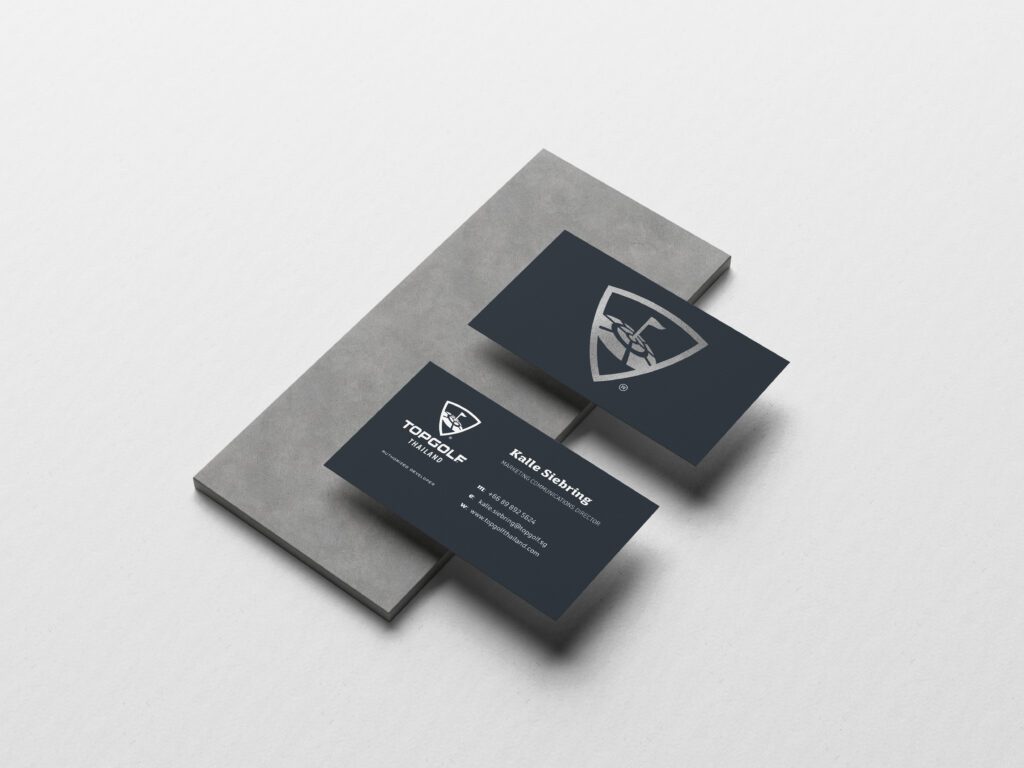In a world where brands are constantly vying for attention, understanding the essence of corporate identity is more crucial than ever. This comprehensive corporate identity guide delves deep into the intricacies of corporate identity, a concept that extends far beyond mere aesthetics. It’s about the unique blend of a company’s ethos, culture, values, and personality that sets it apart in the competitive business landscape. Additionally, it emphasizes the importance of building corporate identity strategically.
Whether you’re a budding entrepreneur, a seasoned business owner, or simply curious about the dynamics of corporate branding, this post promises to offer valuable insights. Get ready to dive into the world of corporate identity and discover the 18 key elements that forge the backbone of a memorable and influential brand.
What is Corporate Identity?

Corporate Identity refers to the perceptual image a corporation establishes and maintains, distinguishing it from its competitors. This image is a blend of how the corporation portrays itself and how the public perceives it. It’s more than just aesthetics; it encapsulates a company’s ethos, culture, values, and personality. This identity is crafted through various channels, including but not limited to:
- Visual Representation: Includes logo, color scheme, design, and packaging that visually communicate the brand’s identity.
- Organizational Culture: The set of shared values, beliefs, and norms that define how employees interact within the organization and with external stakeholders.
- Public Perception and Communication: How the company communicates with the public, including advertising, public relations, customer service, and social responsibility efforts. This shapes public perception and reputation.
- Internal Alignment: Ensuring that every level of the organization understands and reflects the corporate identity in their roles.
A strong corporate identity forms the backbone of a company’s brand, influencing every interaction with customers, investors, and employees.
Why Corporate Identity is Important?

The importance of corporate identity in building a strong brand is multi-dimensional:
- Brand Differentiation and Recognition: In a crowded marketplace, a unique corporate identity, achieved through corporate identity design, helps a brand stand out and be easily recognized by its target audience.
- Building Trust and Loyalty: Consistency in corporate identity creation and design across all touchpoints builds trust with customers, leading to loyalty and long-term customer relationships.
- Employee Morale and Unity: A clear corporate identity can foster a sense of pride and belonging among employees, leading to improved morale and unity. This, in turn, affects productivity and the quality of customer interactions.
- Strategic Positioning and Market Perception: A strong corporate identity aids in strategically positioning the brand within its market, shaping how customers and competitors perceive it.
- Adaptability and Longevity: A well-established corporate identity serves as a solid foundation, allowing companies to adapt to market changes and trends while maintaining their core identity.
- Corporate Legacy and Influence: Over time, a consistent and strong corporate identity, forged through corporate identity design and creation, contributes to building a legacy and influence in the industry, which can be a significant competitive advantage.
A well-crafted corporate identity is essential for any business looking to establish a strong brand presence. It not only aids in differentiating from competitors but also plays a crucial role in building trust, loyalty, and a lasting relationship with all stakeholders.
Examples of Brands with Distinctive Corporate Identity

Google’s corporate identity is exemplified by its simple, colorful logo and user-friendly interface. Known for its search engine, Google has expanded its identity to include innovation and accessibility in technology. The brand’s use of bright colors and a clean, minimalist design reflects its mission to organize the world’s information and make it universally accessible and useful. Google’s identity is also reflected in its corporate culture, known for creativity and inclusivity.
McDonald’s
McDonald’s is one of the corporate identity examples instantly recognizable by its golden arches logo and red-and-yellow color scheme. Its corporate identity revolves around being fast, convenient, and family-friendly. McDonald’s consistency in store design, product offerings, and global marketing strategies has made it synonymous with fast food. The brand has skillfully maintained its identity while adapting to regional tastes and preferences worldwide.
Coca-Cola
Coca-Cola’s corporate identity, a sterling example of powerful branding, is deeply rooted in its business corporate identity strategy. The distinctive cursive script of the Coca-Cola logo and the classic red-and-white color scheme are iconic. This consistency in visual elements, combined with memorable advertising campaigns, has made Coca-Cola more than just a beverage brand; it’s a symbol of happiness and nostalgia. The company’s ability to maintain this identity over decades, while adapting to changing market trends, is a testament to its strong corporate identity strategy.
Nike
Nike’s simple yet powerful “Swoosh” logo and its “Just Do It” slogan are central to its corporate identity, reflecting a well-implemented corporate identity strategy. These elements encapsulate the brand’s association with athleticism, determination, and performance. Nike’s marketing campaigns often feature inspirational stories of athletes, aligning with its identity as a motivator and innovator in sports apparel. The consistency in messaging across product lines and marketing materials reinforces Nike’s identity as a champion of athletic excellence and showcases its effective business corporate identity.
Mercedes-Benz
Mercedes-Benz stands as a symbol of luxury, quality, and durability. The three-pointed star logo represents its dominance in land, sea, and air vehicles, while its sleek design and advanced technology embody sophistication and status. Mercedes-Benz’s corporate identity is deeply intertwined with its reputation for engineering excellence and luxury, appealing to a high-end market segment.
Asia Media Studio
Asia Media Studio showcases a strong corporate identity through its blend of professionalism and creativity. As a Bangkok-based creative design agency, their identity, underpinned by a well-thought-out corporate identity strategy, is reflected in their modern and sophisticated logo and website design.
The agency has successfully developed corporate identities for a diverse array of brands, such as The Pizza Company, Nissan, AIS Thailand, A Gourmet, Villeroy & Boch, Thompson Golf Management, THAIFEX Anuga Asia, Bangkok Tea, among others, showcasing their versatility and expertise in the field. Asia Media Studio’s extensive portfolio is further brought to life through an engaging showreel, which provides a dynamic and immersive overview of its capabilities. This showreel, a visual feast of their most prominent work, showcases the breadth and depth of their creative prowess, from striking logos to comprehensive brand strategies. The professional yet approachable tone in their communication further strengthens their reputation as a trusted partner for innovative design solutions, effectively connecting them with businesses and entrepreneurs seeking high-quality branding services.
18 Elements Included in Corporate Identity
A corporate identity package is a comprehensive package that a company puts together when introducing its company to the public. This package includes logo design, color palette, website design, and more. It’s often seen as a sign of credibility in any industry. But the question is: which elements make up a corporate identity package? This section breaks down what elements are included in corporate identity packages and what points of these elements are essential. Elements of corporate identity packages are equally important, but some variations in how important they are to a company.
1. Design Style and Language
This corporate identity, corporate design style, and language is your brand’s overall aesthetic style and language. The design style includes the logo design (or mark) used to represent your company, the typeface, and font used in your logo design; the color palette (also known as color scheme) used to create this look, and the overall visual identity used by your company’s designs. The language (sometimes called communication style) is how your company communicates with its customers. This includes the tone and typeface used to relay this message, the vocabulary used to explain your product or service; and how your company operates/communicates.
2. Logo Design
The logo design is the primary visual component of your corporate identity. This shape will be portrayed at a scale, color, and style that helps represent your company’s appearance or overall visual appearance. This graphic will often be the foundation for other elements such as collateral materials, letterhead, business cards, brochures, etc. This corporate branding and identity is often an easily identifiable mark representing your company and its products or services.
READ MORE: What is Branding or Brand Marketing?
3. Typeface
The typeface is the actual font used in your logo design. This font provides an identifying character to your company and should reflect the image that you are trying to portray. Often, a professional designer will choose a font commonly used by respected companies within your industry to help promote credibility with customers.
READ MORE: How to choose the right Font for your Brand in Thailand?
4. Logo Colors
The logo colors are the shades, tints, and tones used in your logo design. There should be one to three colors used in a logo design; however, sometimes, you will see a logo with more than three colors. The additional colors are often used to create visual interest and variety within the design.
Many companies use a combination of two or three of the same color shades (known as a primary/secondary palette) to create a solid and easily identifiable look for their brand.
5. Hosting Services
Most corporate identity packages use hosting services to help manage your corporate website. This service provides a hosting service for the client’s website, which allows the client to update their site with content from their office. The hosting will also include server space so that the company can host images, videos, and other media on its site.
6. Website Design
A website is often the first impression customers will get when visiting your company’s brand. Of all the corporate identity elements listed, this is arguably the most important, as it allows customers to view all the other elements of your corporate identity. A corporate website is essential for any business nowadays and provides the ability to showcase your updated products, services, and more. These websites are often built using a Content Management System (CMS), which allows editing and updating the website without hiring a web programmer.
7. Typography
Any typography used by your company should support your corporate identity package’s overall look and feel. This means that the typeface should be easily readable and look good in just about any display or medium, from the logo to the website to marketing materials. This can be anything from handwritten fonts to professional-looking serif or sans-serif fonts.
Typography can have a big impact on how a company represents itself. New and exciting typography can give your company a unique identity. It’s important to choose a font with enough visual weight (difference in size, weight, and style) so that it looks professional but still can be easily read in small print. Typography can be used in many ways besides printing, such as creating logos or other graphics for print.
Typography is an important part of any CI corporate identity and plays an integral role in helping customers understand your company. Many customers use typography to determine whether a company can produce quality products and services.
8. Rendering Services
A rendering service allows a customer to create their unique typeface. They can then use this font on their website or any other design project. With this option, customers can choose the typeface they prefer and have it rendered in various formats.
9. Business cards
Business cards help promote your company’s identity and brand while helping customers initially contact your company if they would like more information on your products or services. This contact information (name, title, phone number, or website address) helps customers learn more about you. You can add multiple lines of text to the back of your business card to further explain what your company can do and how they can contact you.
10. Business Card Holder
A business card holder keeps your business cards organized and easy to find. Many businesses will use a cardholder on their desktop or nightstand, but you can also carry business cards in your briefcase or purse. Just be sure not to leave your business cards out in the open, as they are valuable items that can be stolen easily.
Business card holders help promote your company’s identity by holding all the key elements of your corporate identity design, including the logo and typeface. It is a great way to keep your business cards organized and easily accessible.
11. Letterhead
Letterhead is used to create paper documents such as invoices and letters. Letterhead helps promote your company’s identity by containing all the key elements of your corporate identity, such as the logo and typeface.
12. Brochures
Brochures help provide more information to customers about your products and services. These are often used when trying to introduce a new product or service to an existing customer base. Brochures help promote your company’s identity by containing all the key elements of your CI corporate identity, such as the logo and typeface. The brochure will also include full-color images and graphics, highlighting key features of your product or service.
13. Handheld Promotional Items
Companies use handheld promotional items (mainly pens) during events and trade shows to grab attention and help customers remember the company’s name. This promotional item helps promote your company’s identity by adding a personal touch to the item, which may be more easily remembered if it has your logo or slogan.
14. Store Signs
A store sign displays your corporate logo and name in large letters on LED lights. The sign is often located in the front window of a store or next to the cash register. It can be used to promote your company’s identity by adding a personal touch to the store’s appearance and offering some more visibility for your business.
15. Figureheads
Companies use figureheads to promote a person or an employee as a leading representative of their company, whether in an advertisement, graphic design, or on company letterhead. Figureheads help promote your company’s identity by using the employee’s face and name to represent the company.
16. Aerosol Paint
Aerosol paint is used to create large-scale murals that can be seen from a distance. This helps the public identify your company as a leader in its field by displaying your logo and name all over town. The paint also functions to promote your brand in high-visibility areas, such as on a highway overpass or at the entrance to an office building.
17. Printed Media
Printed media is an easy way to promote your company’s identity by using your logo and name in advertisements, brochures, and other materials, including brand packaging. This is a great way to help people remember your company and remember your products and services more easily.
18. Mobile App
A mobile app can be created for your company to give access to people on the go, anywhere in the world. Since this is a digital product, it can be updated by the company almost instantly. The app helps promote your company’s identity by helping people learn more about what you do and how they can contact you with questions or comments.

Recently, with the advent of ever-advancing technology and the ubiquity of smartphones, there has been a shift to mobile marketing. Companies that can effectively navigate these new waters will have the greatest chance of success.
Mobile marketing helps promote your company’s identity by giving people an easy way to learn more about your products and services. It also allows customers to contact you with any issues or questions.
Social media is another very popular method of marketing. For example, Instagram allows users to share pictures and videos that show off the products and services a company has to offer. Facebook is another popular platform where companies can easily reach their target audience through their pages.
Finally, what is included in a corporate identity package can change with trends in business. As technology has developed, so has the branding of products. For example, if you have ever owned a computer, you probably have used a mouse to navigate the internet. While this may have been the norm many years ago, it is easily shown that there are now different types of mice with differing features and designs to make them more user-friendly. This is just one example of the effect that trends have on a corporate identity.
Conclusion
As we’ve explored, a well-defined corporate identity not only sets a brand apart in a crowded marketplace but also fosters trust, loyalty, and a sense of unity among both customers and employees. It’s a strategic asset that enables businesses to navigate market changes, maintain relevance, and leave a lasting legacy. For any organization aspiring to thrive in today’s dynamic business environment, investing in and meticulously crafting its corporate identity is not just beneficial – it’s essential. This guide, through its in-depth examination of the 18 key elements of corporate identity, serves as a valuable roadmap for businesses aiming to build a strong, recognizable, and respected brand.
If you would like to create, renew, or further enhance your corporate identity, Asia Media Studio is the right agency that can help you.




